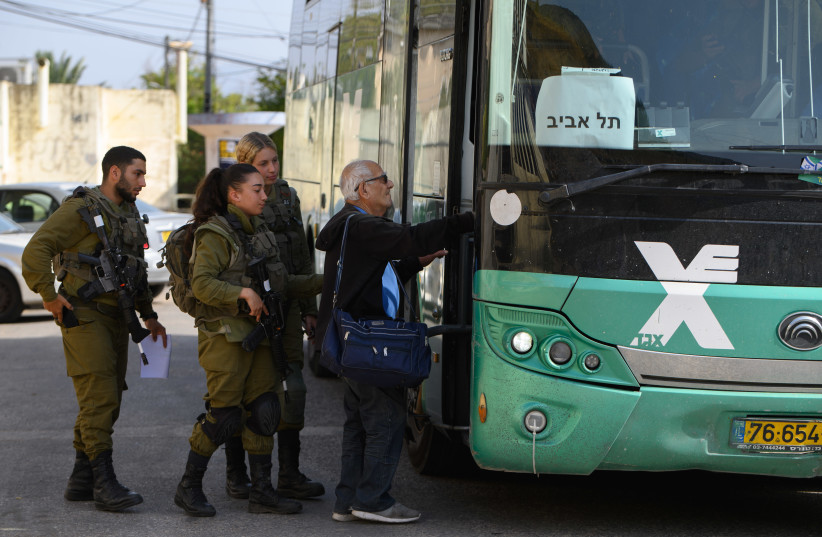Following the October 7 massacre carried out by Hamas in Israel, the country has faced the daunting task of evacuating communities located near the Gaza and Lebanon borders. In many instances, residents have had to abruptly abandon their homes and businesses. This unprecedented situation has unfolded during a period of deep uncertainty as Israel has been grappling with the trauma and the recovery process after the devastating attack, while at the same time wondering when a ground campaign might get underway.
For the evacuees, the uncertainty has been further compounded. Children have found themselves without a concrete plan for their education, and families have been forced to seek temporary shelter in hotels and guest houses across the country.
Nevertheless, amidst these challenges, the response from the Israeli public has showcased the spirit of unity that can emerge in times of crisis. This wave of solidarity has swept across the nation in the wake of the massacre, with people reaching out and volunteers rallying to assist. Notably, many of the evacuated communities are small kibbutzim and moshavim with farms that require tending, chickens that need care, and cows to be milked. An array of volunteers, including former politicians and leaders, have answered the call to support these farmers.
Volunteers alone cannot sustain evacuated communities
However, while the outpouring of volunteerism is commendable, it alone cannot sustain the evacuated communities and those who fled areas continually subjected to rocket fire. The government has also stepped up its efforts, though bureaucratic processes inevitably take time. Recognizing the widespread nature of this challenge for Israel, it is crucial to call upon the authorities to streamline support for the affected people.
During the first two weeks of the conflict, a total of 120,000 individuals were evacuated. By the end of the third week, the number had risen to 200,000, which includes those who left Ofakim and Ashkelon, two cities affected by the October 7 attacks and the subsequent rocket fire.

The evacuation process was primarily guided by the IDF's recommendations, focusing on operational considerations in combat-affected areas, as stated by the Defense Ministry. Initially, Israel relocated residents from the 25 communities closest to the Gaza Strip, many of which had experienced attacks and significant damage and loss of life. Tragically, some individuals remain missing or kidnapped from their communities. 16,000 residents were evacuated from these affected areas in the immediate vicinity of Gaza. In northern Israel, a total of 28 communities, housing 27,000 people, also underwent evacuation. Later, Israel evacuated an additional 11,000 residents from 14 northern towns and the city of Kiryat Shmona.
The government differentiates between those evacuated from the border and communities like Sderot, which was also evacuated but is considered part of the “revitalization” program. This program involves relocating efforts aimed at enhancing personal and community resilience. Those who left their homes as part of these programs currently reside in one of the 234 guest houses and hotels across the country.
Both the evacuees and those in the revitalization program require support from Israel. They need solutions for their businesses and, most importantly, a stable education plan for their children as the conflict in Gaza appears likely to persist for several months.
Simultaneously, the evacuated communities need protection in the future. The Tekuma Authority in Yavne is tasked with strengthening and developing the communities near the Gaza Strip affected by the October 7 attack. These communities must be rebuilt and fortified, including the construction of safe rooms and defenses. In the north, the damage is not as extensive, but it remains essential to ensure that volunteers aiding these communities have the protection they need to guard against threats from Lebanon.
Support for the evacuated communities exemplifies the unity and uniqueness of our country. However, in the long term, these communities require comprehensive solutions to facilitate the return of residents and ensure that their businesses and educational opportunities are not permanently impaired. It is the collective responsibility of all of us, along with the authorities, to address the concerns of these individuals. While the initial shock of October 7 will eventually subside, these challenges must be met head-on.
